The Battle of Moscow
The battle of Moscow marked the collapse of Hitler's “Operation Barbarossa”, which aimed to conquer the USSR in just 12 weeks. The Blitzkrieg strategy, which had been highly effective for the Germans in Europe, failed in Russia. Nazi Germany was now facing a long and bloody war of attrition. More than three million soldiers and officers of the Soviet Union and the Third Reich had participated in the battle, and nearly 1.5 million of them had died.
Objectives and Significance of the Battle of Moscow
Hitler planned to defeat the USSR in 12 weeks, which meant taking Leningrad or Moscow by mid-autumn and breaking the Russian main forces by winter. In September 1941, all German forces concentrated on the capture of Moscow, deploying 78 divisions and more than 1.9 million soldiers to attack the Soviet capital. They faced over 1.2 million Soviet troops. The Germans had a twofold advantage in tanks and aircraft. However, by December 1941, the USSR managed to turn the situation around and push the Wehrmacht back from Moscow. This marked the first major defeat for Germany since the beginning of World War II and signaled that their main campaign to seize the Soviet capital had failed.
The German Offensive on Moscow
At first, the German army's advance towards Moscow was successful. The main forces of Army Group Center moved along an unexpected route, using their numerical superiority. Colonel-General Hermann Hoth wrote: "Russian resistance is weaker than expected." The Soviet command was slow to issue retreat orders, leading to the formation of "pockets of encirclement." Up to seven Soviet armies were surrounded, with only 85,000 troops managing to break through, while about 773,000 Red Army soldiers and officers were captured.
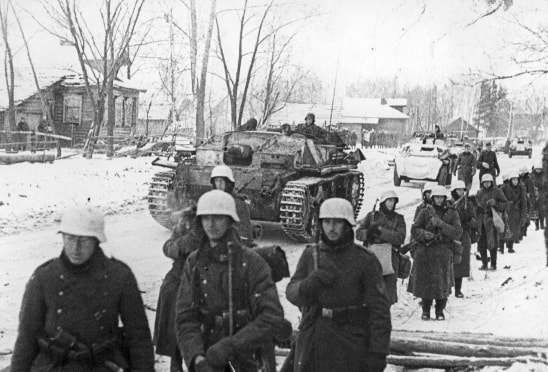
German troops in a village near Moscow, December 1941
However, in October 1941, the infamous Russian rasputitsa (season of heavy rains and mud) set in. The newly appointed commander of the Western Front, Georgy Zhukov, realized that in these conditions, the Germans’ narrow-tracked tanks would be ineffective on the muddy fields. He ordered Soviet forces to defend key roads, exhausting the enemy while gradually retreating to slow down the German Blitzkrieg. This strategy bought the USSR crucial time to transfer reserves from Siberia, the Far East, and Central Asia. Meanwhile, the Germans remained confident that Operation Typhoon was progressing successfully and that victory was within reach.
On November 16, the Wehrmacht launched its second general offensive on Moscow. By then, the ground had frozen, allowing German tanks to maneuver off-road. Soviet forces fiercely resisted on the city's outskirts but were gradually forced to retreat eastward under enemy pressure. The Germans advanced to within just 15–20 kilometers of Moscow in some areas. However, Soviet reserves mounted a determined counteroffensive, halting the Wehrmacht’s momentum.
On December 5, 1941, the Chief of the German Army General Staff, Colonel-General Franz Halder, wrote in his diary: "Von Bock reports. Our forces are exhausted. The 4th Panzer Group will be unable to continue the offensive tomorrow."
The Red Army’s Counteroffensive
To prevent the Germans from fortifying defensive positions, the Red Army Command ordered an immediate counterattack, catching the Germans completely off guard. On December 5–6, Soviet forces from multiple fronts launched counterstrikes, forcing Hitler to order a halt to all active operations along the entire Soviet-German front on December 8.
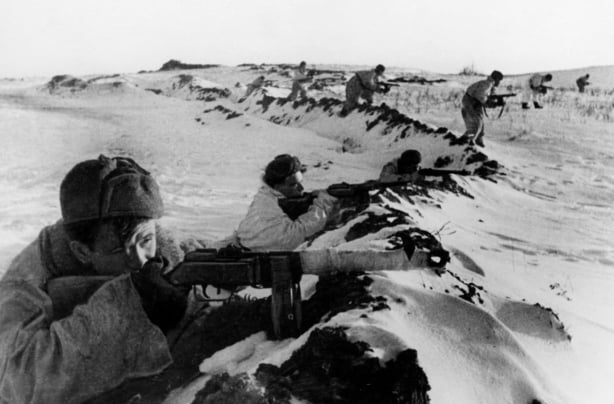
Soviet soldiers during the Battle of Moscow, December 1941
The Wehrmacht was pushed back 100–250 kilometers from Moscow. Several high-ranking German commanders, including Walther von Brauchitsch, Fedor von Bock, and Heinz Guderian, were removed from their posts.
How the Battle of Moscow Changed the Course of the War
- Blitzkrieg failed—Germany was now engaged in a prolonged war of attrition instead of securing a quick victory over the USSR.
- The myth of the German army’s invincibility was shattered.
- Japan and Turkey refrained from hostile actions against the Soviet Union.
- The Allies of the anti-Hitler coalition were encouraged, realizing that the USSR had withstood the most critical battle of the war
What happened in Moscow During the Battle?
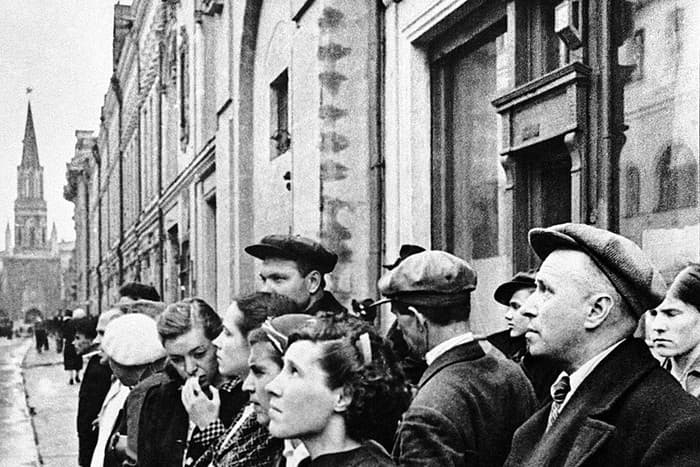
Muscovites listen to the announcement of the outbreak of war on the radio
On October 15, Joseph Stalin issued a secret decree “The evacuation of the Soviet capital, Moscow.” Key government institutions, the Soviet leadership, and the General Staff of the Red Army were relocated deep into the country. Everything that could not be evacuated was to be destroyed, including the Moscow Metro, which was to be blown up.
These measures triggered widespread panic among Muscovites, who believed that the government was abandoning them. Tens of thousands attempted to flee the city immediately. Realizing that leaving Moscow would mean losing control, Stalin decided to stay
On October 20, a state of siege was declared in Moscow and its surrounding areas. A curfew was enforced, and suspected spies and provocateurs were to be executed on the spot. These strict measures helped restore order in the city.
To demonstrate to the Soviet people and Western allies that Moscow had not been captured by the enemy, Stalin ordered a military parade on Red Square on November 7. The event was attended by 28,467 soldiers and officers, many of whom marched straight from the parade to the front lines to defend the capital.
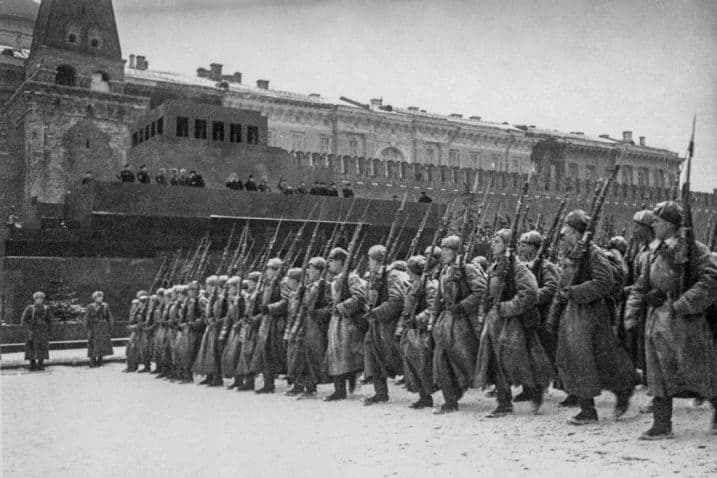
Military parade on November 7, 1941 in Moscow
Relics from the Battle of Moscow
Anyone from any country in the world can order relics from the Battle of Moscow in our store! Just visit our store! We have been working for more than 8 years!
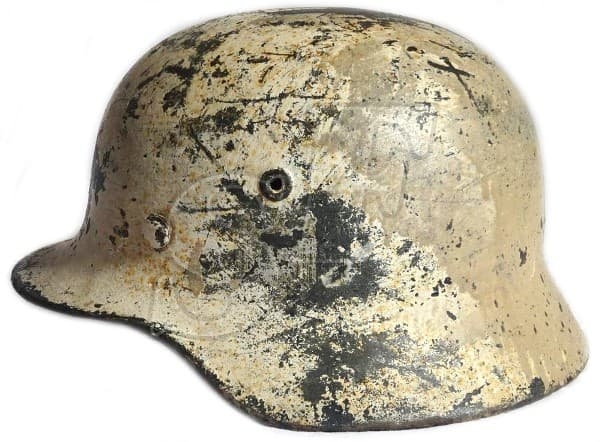
Helmet with winter camouflage from Moscow, sold in our store!
